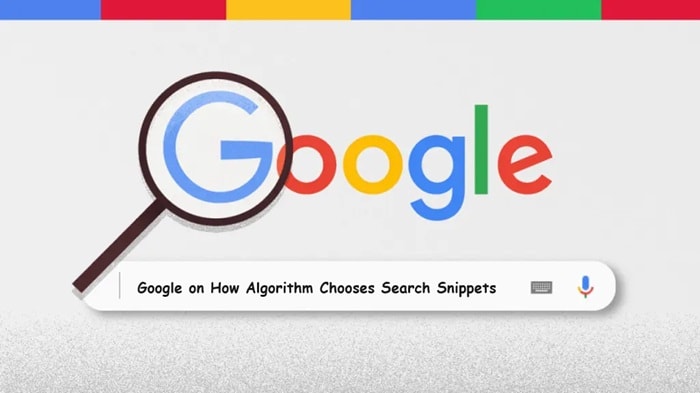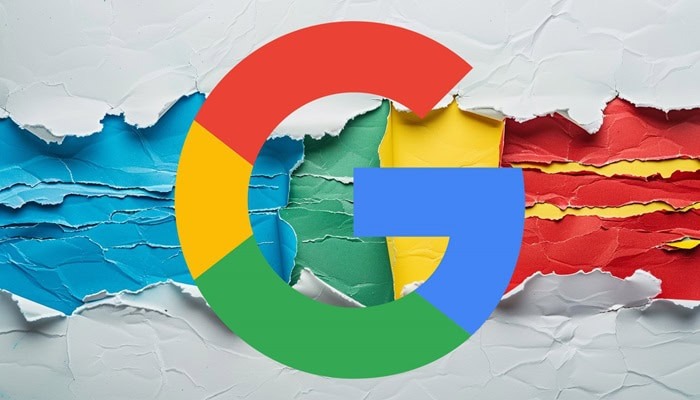Google has revised its search snippet documentation to provide clearer insights into the factors that influence the algorithm for selecting snippets in search results. This update could signify a substantial change in the approach to creating meta descriptions and optimizing content.

What are Search Results Snippets?
Search results snippets are brief descriptions or summaries of web pages that are displayed on search engine results pages (SERPs). When a user enters a query into a search engine, the search engine provides a list of results relevant to that query. Each result typically includes a title, URL, and a snippet.
The snippet is a concise snippet of text that aims to provide a snapshot of the content on the web page. It is meant to give users a quick preview of what they can expect to find if they click on the link. Search engines generate snippets by pulling information from various parts of the web page, including meta descriptions, page content, and other relevant metadata.
The goal of a search results snippet is to help users quickly assess whether a particular search result is likely to contain the information they are looking for. Effective snippets can improve the user experience by providing more context about the content of a web page and helping users make informed decisions about which search results to click on.
Google Search Results Snippets
In the search engine results pages (SERPs), a webpage is presented with a title, a URL breadcrumb, and a brief one to two-sentence description of its content, referred to as a snippet. Traditionally, this snippet was extracted from the meta description, but this has changed.
Recently, Google has provided clarification in its Search Central documentation, emphasizing that the content of the page is now the primary origin of the snippet. The updated guidance underscores that structured data and the meta description are no longer the primary sources for search snippets.
The official documentation for the change says:
“What: Clarified in our documentation about snippets that the primary source of the snippet is the page content itself.
Why: The previous wording incorrectly implied that structured data and the meta description HTML element are the primary sources for snippets.”
Changes in Google’s Snippet Documentation
Google has significantly reduced the number of words in the latest version of its documentation compared to the previous version.
This is what the first part of the documentation previously advised:
“Google uses a number of different sources to automatically determine the appropriate snippet, including descriptive information in the meta description tag for each page. We may also use information found on the page, or create rich results based on markup and content on the page.”
The earlier version suggested that the snippet primarily originated from the meta description, stating that Google “may” consider on-page content for the snippet.
The revised documentation now explicitly states that the page content serves as the primary source for the snippet and uses the term “may” in reference to the meta description.
Here is the updated documentation:
“Google primarily uses the content on the page to automatically determine the appropriate snippet. We may also use descriptive information in the meta description element when it describes the page better than other parts of the content.”
Substantial Content Removal
Google has also eliminated an entire paragraph of content, replacing it with new documentation. Both the removal and the addition have a profound impact on the overall message conveyed in the documentation.
The following section has been omitted:
“Site owners have two main ways to suggest content for the snippets that we create:
Rich results: Add structured data to your site to help Google understand the page: for example, a review, recipe, business, or event. Learn more about how rich results can improve your site’s listing in search results.
Meta description tags: Google sometimes uses <meta> tag content to generate snippets, if we think they give users a more accurate description than can be taken directly from the page content.”
This is the new wording:
“Snippets are primarily created from the page content itself. However, Google sometimes uses the meta description HTML element if it might give users a more accurate description of the page than content taken directly from the page.”
What Change In Guidance Implies For SEO
Misleading Advice on Meta Description Optimization. Numerous SEO guides available online often misguidedly recommend optimizing a meta description by treating it as “advertising copy” and integrating “target keywords.” The rationale behind this advice is the belief that keywords in the meta description when bolded in search snippets, would stand out, potentially increasing click-through rates.
However, this advice is entirely incorrect and outdated. Adding keywords to the meta description holds no significance, as meta descriptions do not contribute to ranking. Contrary to the outdated notion of enticing clicks from the search engine results pages (SERPs), such an approach may lead Google to disregard the meta description for snippet display.
The accurate use of a meta description lies in providing a precise and truthful description of the webpage’s content, without any intention of click enticement.
The official W3C HTML specification for the meta description delineates the correct usage of this element.
“The value must be a free-form string that describes the page. The value must be appropriate for use in a directory of pages, e.g. in a search engine. There must not be more than one meta element with its name attribute set to the value description per document.”
Google doesn’t prioritize showcasing search-optimized snippets. Instead, their focus is on presenting an accurate description of the webpage’s content. Google’s guidance on creating a meta description aligns with the official HTML specification for meta descriptions.
Here is how to write a meta description according to Google how to write a meta description:
“Google will sometimes use the <meta name=”description”> tag from a page to generate a snippet in search results, if we think it gives users a more accurate description than would be possible purely from the on-page content. A meta description tag generally informs and interests users with a short, relevant summary of what a particular page is about.”
Google then describes the content of a meta description using a simile that compares it to promoting something in the form of a pitch:
“They are like a pitch that convince the user that the page is exactly what they’re looking for.”
Google doesn’t recommend creating a pitch for the meta description. The use of the word “like” implies a simile, indicating a comparison.
Key Insight
The significant insight from the updated snippet guidance is that content is the primary source of the snippet, and Google “may” consider the meta description. Additionally, Google explicitly states that structured data does not influence the word selection for the snippet.
For SEO, this signals the end of the era of stuffing keywords into meta descriptions. Properly utilizing keywords may, however, assist in gaining better control over the snippet displayed by Google in search results.
Would you like to read more about “Google on How Algorithm Chooses Search Snippets” related articles? If so, we invite you to take a look at our other tech topics before you leave!
Use our Internet marketing service to help you rank on the first page of SERP.
![]()












